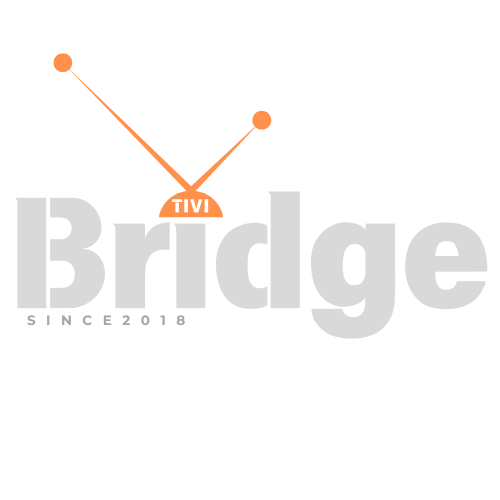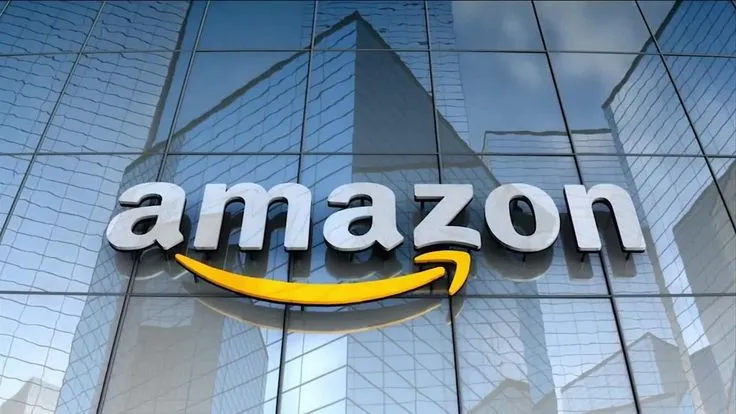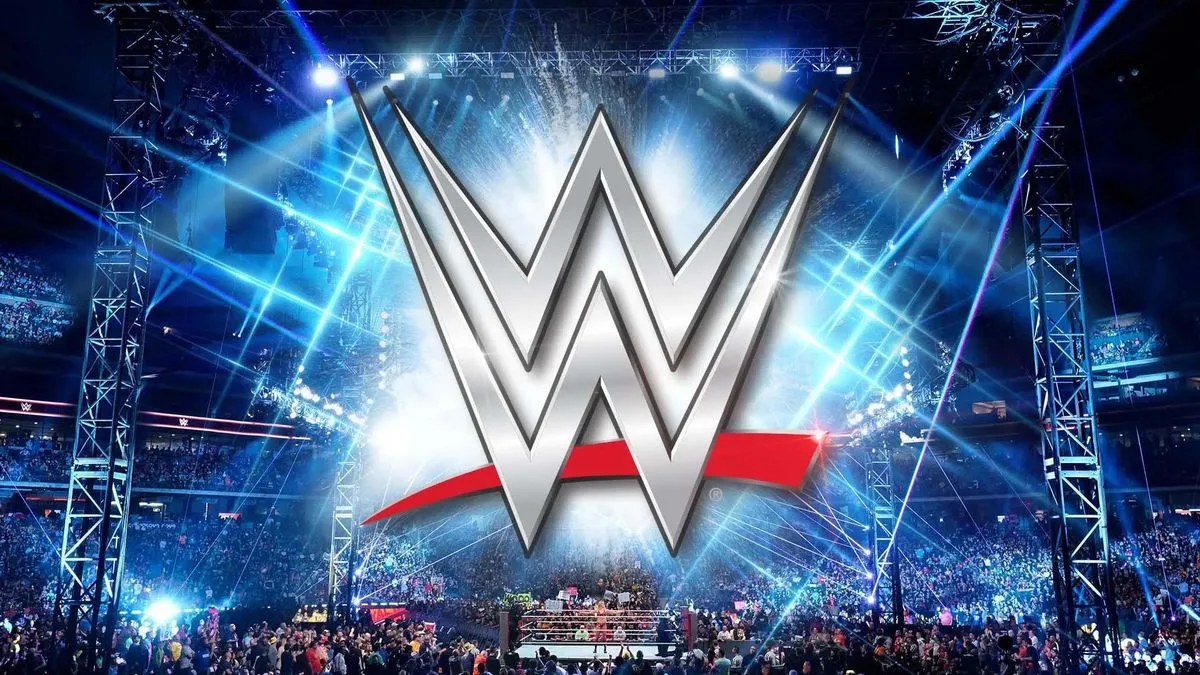The Hidden Costs and Challenges of Modern Entertainment
The Disadvantages of Streaming TV : The digital revolution has fundamentally transformed how we consume entertainment, with streaming TV services becoming the dominant force in today’s media landscape. While millions of households have cut the cord in favor of Netflix, Hulu, Disney+, and countless other platforms, the reality isn’t as picture-perfect as marketing campaigns suggest. Despite the convenience and perceived cost savings, there are significant disadvantages of streaming that many consumers discover only after making the switch from traditional cable or satellite television.
In this comprehensive guide, we’ll explore the often-overlooked drawbacks of streaming services, examine the real costs involved, and help you make an informed decision about your entertainment choices. Whether you’re considering cutting the cord or already experiencing streaming fatigue, understanding these challenges is crucial for optimizing your viewing experience and budget.
The Financial Reality: Hidden Costs That Add Up Fast
Subscription Overload and Monthly Expenses
One of the most shocking disadvantages of streaming is how quickly subscription costs accumulate. What starts as a single $15 Netflix subscription can rapidly spiral into a monthly entertainment bill that rivals or exceeds traditional cable costs. The average American household now subscribes to 4.2 streaming services, according to recent industry data, with monthly costs ranging from $8.99 to $17.99 per platform.
Consider this common scenario: Netflix ($15.49), Hulu ($14.99), Disney+ ($10.99), HBO Max ($15.99), Amazon Prime Video ($8.99), Apple TV+ ($6.99), and Paramount+ ($9.99). This combination alone totals $82.43 monthly, not including premium add-ons, higher-tier plans, or specialized services like ESPN+ or Discovery+.
Internet Infrastructure Costs
Streaming TV demands robust internet connectivity, often requiring expensive high-speed packages from internet service providers. Many streaming services recommend minimum speeds of 25 Mbps for 4K content, forcing households to upgrade their internet plans. This hidden cost can add $20-50 monthly to your bill, particularly in areas with limited provider competition.
Equipment and Hardware Expenses
Unlike traditional cable where the provider supplies necessary equipment, streaming requires significant upfront hardware investments. Smart TVs, streaming devices (Roku, Apple TV, Chromecast), upgraded routers, and ethernet cables can cost hundreds of dollars. Additionally, these devices require regular updates and eventual replacement as technology evolves.
Content Availability and Access Issues
The Fragmentation Problem
The disadvantages of streaming become apparent when your favorite shows are scattered across multiple platforms. Exclusive content deals mean that certain programs are only available on specific services, forcing consumers to maintain multiple subscriptions or miss out on desired content entirely.
For example, “The Office” moved from Netflix to Peacock, “Friends” relocated to HBO Max, and Marvel content is exclusively on Disney+. This fragmentation creates a frustrating user experience where finding and accessing content becomes a time-consuming treasure hunt across various platforms.
Geographic Restrictions and Licensing Limitations
Streaming services implement geographic content restrictions due to licensing agreements, meaning available content varies significantly by location. International travelers often discover that their paid subscriptions provide limited or entirely different content libraries when abroad. This limitation affects military personnel, business travelers, and international students who find themselves unable to access their paid services.
Content Rotation and Disappearing Shows
Unlike owning physical media or recording broadcasts, streaming TV content can disappear without notice. Licensing agreements expire, causing popular shows and movies to vanish from platforms suddenly. Viewers may start a series only to find later seasons unavailable, or discover that yesterday’s available movie has been removed today.
Technical Challenges and Reliability Issues
Internet Dependency and Buffering Problems
Streaming TV services are entirely dependent on internet connectivity, making them vulnerable to service outages, network congestion, and bandwidth limitations. During peak usage hours, popular events, or weather-related issues, streaming quality can deteriorate significantly, causing buffering, reduced resolution, or complete service interruptions.
Rural areas and regions with limited internet infrastructure face particular challenges, as streaming services may be completely unusable during certain times or weather conditions. This reliability issue represents a significant disadvantage compared to traditional broadcast television, which remains accessible during most internet outages.
Data Usage and Bandwidth Concerns
High-definition and 4K streaming TV consumes massive amounts of data, potentially causing issues for households with data caps or limited bandwidth. Netflix estimates that HD streaming uses approximately 3 GB per hour, while 4K content can consume up to 7 GB hourly. For families with multiple simultaneous streams, monthly data usage can easily exceed 1TB, triggering overage fees or throttling from internet service providers.
Device Compatibility and Technical Maintenance
Different streaming services require specific apps, operating system versions, and device capabilities. Older smart TVs, tablets, or streaming devices may lose compatibility as services update their technical requirements. Users must regularly update apps, troubleshoot connectivity issues, and manage multiple login credentials across various platforms.
User Experience and Interface Challenges
Navigation Complexity and Decision Fatigue
The abundance of content across multiple streaming TV platforms creates decision paralysis and navigation fatigue. Users spend significant time browsing through endless catalogs, searching across multiple services, and struggling with inconsistent interface designs. The “Netflix scroll” phenomenon, where users spend more time looking for content than actually watching, has become a common complaint.
Looking for Premium Channels, Sports, and 8K Streaming?
Don’t miss out on these top-rated IPTV services – all at unbeatable prices!
🔥 TiviBridge – Ideal for sports lovers & international content
🎬 Iptvbridge – Perfect for live TV, movies & entertainment
💰 TiviPlanet – Best value for budget-conscious streamers
🚀 Start Your IPTV Business Today!
Get instant access to a powerful Reseller IPTV Panel with competitive pricing, advanced features, and 24/7 support. Join TiviBridge and grow your own IPTV empire with ease!
👉 Start your FREE trial now and elevate your viewing experience with seamless, high-quality streaming!
Algorithm Limitations and Content Discovery
While streaming platforms tout personalized recommendations, their algorithms often create filter bubbles that limit content discovery. Users may miss excellent shows or movies because the algorithm assumes preferences based on limited viewing history. Additionally, promotional content and paid placements can skew recommendations, prioritizing revenue over user satisfaction.
Multiple Account Management
Managing multiple streaming TV subscriptions involves juggling numerous passwords, billing dates, family sharing settings, and parental controls across different platforms. This administrative burden becomes particularly challenging for families with diverse viewing preferences or households sharing accounts across multiple locations.
Content Quality and Production Concerns
Quantity Over Quality Approach
The pressure to fill content libraries has led many streaming services to prioritize quantity over quality, resulting in numerous low-budget productions and filler content. While traditional networks typically produced fewer, higher-quality shows due to limited broadcast slots, streaming platforms often greenlight numerous mediocre series to appear comprehensive.
Binge-Watching Culture and Mental Health Impact
Streaming TV services actively encourage binge-watching behavior through auto-play features, cliffhanger episode endings, and complete season releases. This approach can negatively impact sleep patterns, social relationships, and mental health. The instant gratification model contrasts sharply with traditional weekly episode releases that allowed for community discussion and reflection.
Original Content Investment Risks
Streaming platforms invest billions in original content, but many shows are cancelled after one or two seasons due to algorithm-driven metrics rather than traditional audience engagement measures. This approach leaves viewers with unresolved storylines and reduces the likelihood of long-term character development that defined classic television series.
Impact on Traditional Media and Industry
Job Market Disruption in Entertainment Industry
The shift toward streaming TV has significantly disrupted traditional entertainment industry employment. Cable television jobs, local news positions, and broadcast network roles have declined as advertising revenue shifts to streaming platforms. This transition affects not only media professionals but also ancillary industries supporting traditional television production.
Local News and Community Programming Decline
Streaming services typically don’t provide local news, weather updates, or community programming that traditional television offers. This gap forces viewers to seek additional sources for local information, potentially reducing community engagement and awareness of local issues. The disadvantages of streaming include losing the shared cultural experience of simultaneous community viewing during local events or emergencies.
Advertising Evolution and Privacy Concerns
Even ad-supported streaming tiers collect significantly more personal data than traditional television advertising. Streaming platforms track viewing habits, pause patterns, and demographic information to create detailed user profiles for targeted advertising. This data collection raises privacy concerns and exposes users to potential security breaches.
IPTV Online: A Growing Alternative
As consumers recognize the disadvantages of streaming from major platforms, many are exploring IPTV Online services as cost-effective alternatives. IPTV (Internet Protocol Television) delivers television content through internet connections, often providing access to live channels, international programming, and on-demand content at competitive prices.
Services like TiviBridge (https://tivibridge.com/) have emerged as top-rated IPTV providers in May 2025, offering comprehensive channel packages that rival traditional cable while addressing some streaming disadvantages. IPTV Online services typically provide live television experiences, eliminating the need to juggle multiple streaming subscriptions while maintaining the convenience of internet-based delivery.
However, consumers should research IPTV providers carefully, ensuring they offer legitimate, licensed content and reliable customer support. The IPTV market includes both legitimate services and questionable providers, making due diligence essential for avoiding legal and technical issues.
Comparison with Traditional Television
Reliability and Consistency Advantages
Traditional cable and satellite television offer superior reliability during weather events, power outages, and network congestion periods. Emergency broadcasts, local alerts, and news updates remain accessible when internet services fail, providing crucial information during crises. This reliability represents a significant advantage over streaming TV services that become completely inaccessible during internet outages.
Simplified Billing and Account Management
Cable and satellite providers offer single-bill convenience, bundling television, internet, and phone services with unified customer support. This approach eliminates the complexity of managing multiple streaming subscriptions, payment methods, and customer service contacts across various platforms.
Family and Shared Viewing Experience
Traditional television naturally encourages family viewing and shared entertainment experiences through scheduled programming and limited device screens. Streaming TV services often promote individual viewing on personal devices, potentially reducing family bonding time and shared cultural experiences.
Long-term Financial Implications
Total Cost of Ownership Analysis
When calculating the complete cost of streaming TV, consumers must consider subscription fees, internet upgrades, hardware purchases, and replacement costs over several years. A comprehensive analysis often reveals that streaming costs approach or exceed traditional cable expenses, particularly for households requiring multiple services and premium content access.
Contract Flexibility vs. Price Stability
While streaming services offer month-to-month flexibility, they also implement frequent price increases without long-term rate protection. Traditional cable contracts, despite their commitment requirements, often provide price stability and promotional rates that can offer better long-term value for consistent viewers.
Investment in Physical Media Alternatives
Some consumers address streaming TV disadvantages by building physical media collections through DVDs, Blu-rays, and digital purchases. This approach ensures permanent access to favorite content regardless of licensing changes or service availability, though it requires higher upfront costs and storage space.
Future Outlook and Industry Trends
Consolidation and Market Saturation
The streaming market is approaching saturation, with new services struggling to differentiate themselves and justify additional monthly expenses. Industry consolidation through mergers and acquisitions may eventually reduce the number of required subscriptions, but current market fragmentation continues to challenge consumers.
Technological Improvements and Solutions
Emerging technologies like improved compression algorithms, edge computing, and 5G networks may address some current streaming TV disadvantages related to bandwidth and reliability. However, these improvements require significant infrastructure investments and may take years to reach widespread availability.
Regulatory and Policy Developments
Government regulators are increasingly scrutinizing streaming services regarding content access, data privacy, and market competition. Future regulations may address some disadvantages of streaming by requiring interoperability, content portability, or standardized interfaces across platforms.
Practical Strategies for Managing Streaming Disadvantages
Subscription Rotation and Budget Management
Consumers can minimize streaming TV costs through strategic subscription rotation, maintaining 2-3 services monthly while rotating others based on available content and seasonal viewing preferences. This approach requires careful planning but can significantly reduce monthly expenses while maintaining access to desired programming.
Hybrid Viewing Solutions
Combining streaming services with traditional television, IPTV Online options, or free over-the-air broadcasts can address various disadvantages while optimizing costs and content access. This hybrid approach allows viewers to maintain flexibility while ensuring access to live programming and local content.
Technology Optimization and Setup
Investing in quality networking equipment, establishing dedicated streaming zones, and implementing family media policies can minimize technical issues and improve the overall streaming TV experience. Proper setup reduces buffering, improves reliability, and enhances user satisfaction across multiple devices.
Environmental and Social Considerations
Energy Consumption and Carbon Footprint
Streaming TV services require significant energy consumption through data centers, network infrastructure, and constant device connectivity. High-definition streaming generates substantial carbon emissions compared to traditional broadcast television, which distributes content more efficiently to mass audiences through single transmission points.
Social Isolation and Community Impact
The individualized nature of streaming consumption can contribute to social isolation as viewers increasingly watch content alone on personal devices rather than sharing experiences with family or community members. This shift impacts social bonding and reduces shared cultural references that traditionally unite communities.
Digital Divide and Access Inequality
Streaming TV services require high-speed internet access and modern devices, potentially excluding lower-income households or rural communities with limited infrastructure. This digital divide creates entertainment inequality, where streaming advantages primarily benefit affluent, urban populations while disadvantaging others.
Frequently Asked Questions
What are the main disadvantages of streaming TV compared to cable?
The primary disadvantages of streaming include subscription cost accumulation, internet dependency, content fragmentation across multiple platforms, and reliability issues during network outages. Additionally, streaming services lack local programming and emergency broadcasts that traditional cable provides.
How much do streaming services really cost per month?
While individual streaming TV services range from $6.99 to $17.99 monthly, most households subscribe to multiple platforms, with average monthly costs reaching $80-120 when including internet upgrades and device expenses. This often exceeds traditional cable pricing.
Can IPTV Online services replace traditional streaming platforms?
IPTV Online services like TiviBridge can provide comprehensive alternatives to multiple streaming subscriptions by offering live channels, international content, and on-demand programming through single subscriptions. However, content quality and reliability vary significantly between providers.
Why do shows disappear from streaming services?
Content disappears due to expiring licensing agreements, changing distribution deals, and platform decisions to prioritize original programming over licensed content. Unlike traditional television or physical media, streaming TV content access is temporary and subject to business decisions.
How much internet speed do I need for streaming TV?
Streaming TV requires minimum speeds of 5 Mbps for HD content and 25 Mbps for 4K streaming. Households with multiple simultaneous streams need significantly higher bandwidth, often requiring expensive internet upgrades that add to overall entertainment costs.
Are there hidden costs with streaming services?
Yes, streaming TV involves numerous hidden costs including internet upgrades, streaming device purchases, subscription overlaps, premium add-ons, and data overage fees. These additional expenses often double the apparent monthly service costs.
Conclusion: Making Informed Entertainment Decisions
The disadvantages of streaming TV services are more significant and costly than many consumers initially realize. While streaming offers undeniable convenience and content variety, the hidden costs, technical challenges, and user experience issues create legitimate concerns for modern households. Understanding these disadvantages doesn’t mean abandoning streaming entirely, but rather approaching entertainment choices with realistic expectations and strategic planning.
The fragmentation of content across multiple platforms, escalating subscription costs, and technical reliability issues represent fundamental challenges that the streaming industry must address. Meanwhile, consumers can minimize these disadvantages through careful subscription management, hybrid viewing strategies, and exploration of alternatives like IPTV Online services.
As the entertainment landscape continues evolving, staying informed about both advantages and disadvantages empowers consumers to make decisions that best serve their financial, technical, and entertainment needs. Whether choosing traditional cable, multiple streaming services, IPTV alternatives, or hybrid solutions, understanding the complete picture ensures more satisfying and cost-effective entertainment experiences.
Take control of your entertainment budget and viewing experience by evaluating your current subscriptions, calculating total costs including hidden expenses, and exploring alternatives that address your specific needs. Share your streaming experiences and cost-saving strategies in the comments below, and don’t forget to bookmark this guide for future reference when making entertainment decisions.











